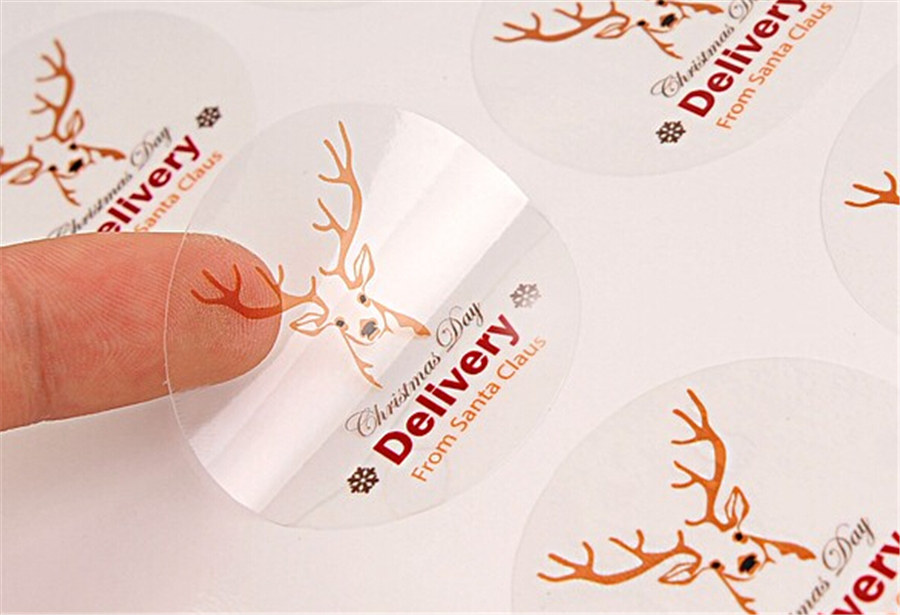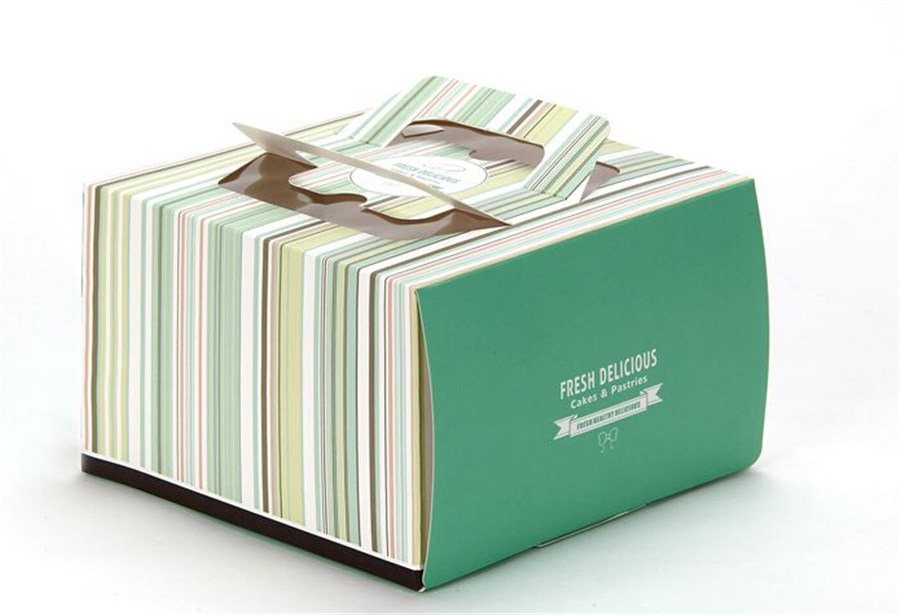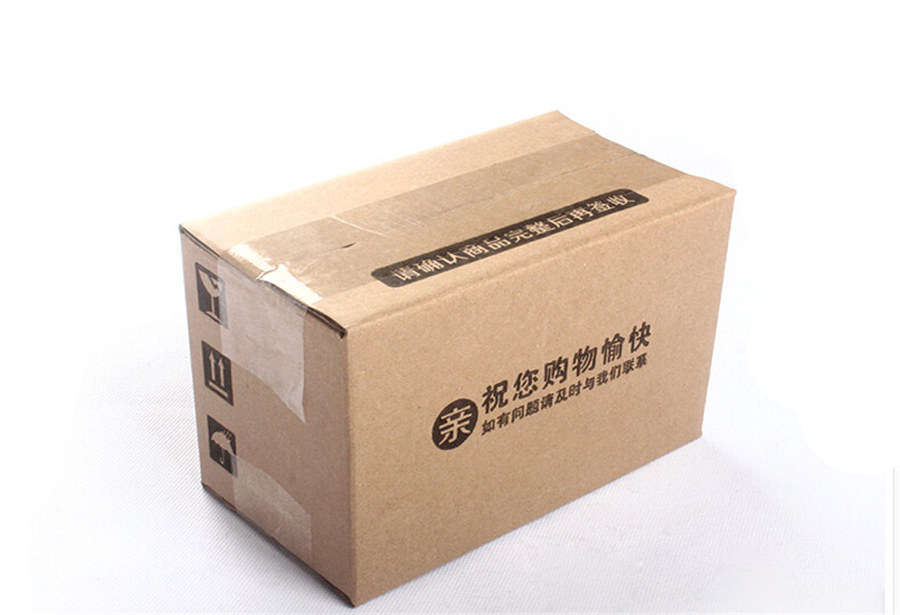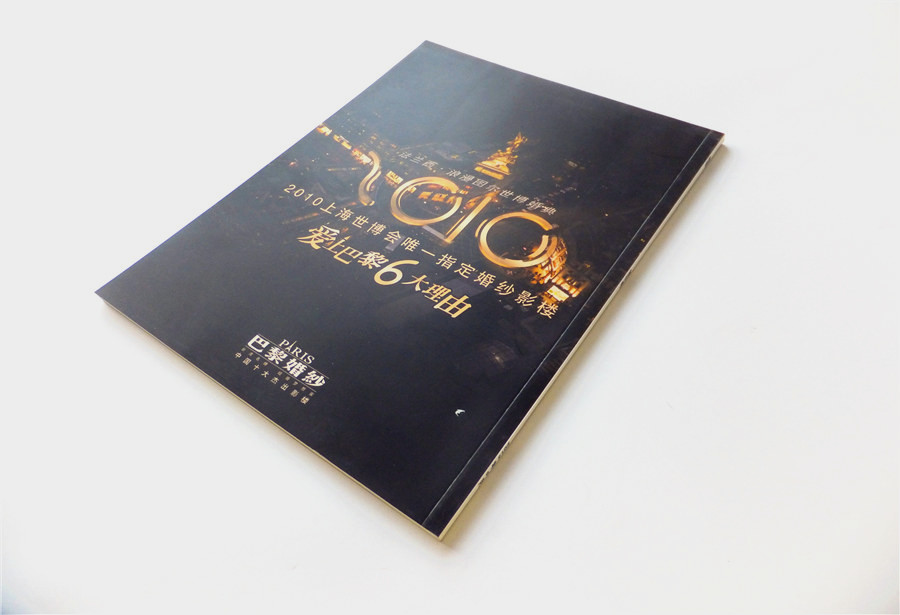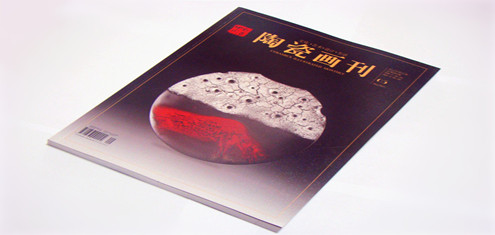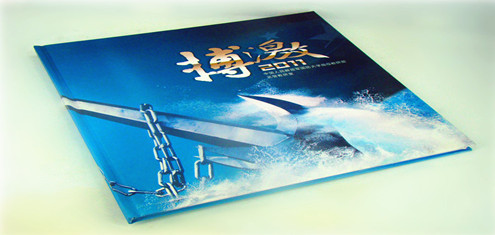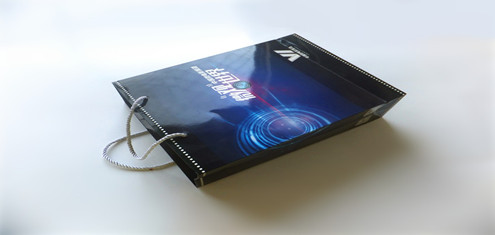|
| Note of perfect binding process |
Perfect binding needs no wire and thread but glue, a binding method automatically finished. Its process covers: page match, page put, milling back, hacking, paint adhesive on the side, paint bookback adhesive, cover wrapping, forming, gluing, double duplex, slitting, finished product cutting, trimmed book stacking, finished product testing, bundling.
The work before page match can not be ignored in the whole process of perfect binding. If the pages are not arranged after page match and put into perfect binding, off page, scattered page, empty ridge, wrinkle ridge and many other kinds of problems will occur. The arrangement work is to bundle the semi-finished book sticker, then put a certain number of book stickers on the strapping machine, fend the two ends of book stickers with boards, start strapping to compact the loose book stickers and bundle with rope. In order to make the compacted bookbone more stiff and smooth, use polyethylene glue to paint on the bundled bookback, loosen the rope after the polyethylene glue is dry, then separate each book, and put into perfect binding.
For the perfect binding, the milling and hacking are the critical step. Milling should be determined according to the thickness of pages and the number of layers, generally 1.4mm ~ 3mm, the depth of hacking 0.8mm ~ 1.5mm. If the depth of milling and hacking is not enough, glue penetration will be inevitably affected, which results in off page, loose page. If the book sticker is not aligned, and the bundle is not smooth, hacking without compression, then defected semi-finished products will be smoothless bookback, less milling cutter, not enough hacking depth in the perfect binding machine,, as described above quality defects of impermeability, off page, loose pages will definitely exist. Hence, if off-page, scattered page found in the quality inspection after perfect binding, you should check the depth of milling and hacking, and also check the page match, bundle, compression of semi-finished products.
Since the adhesive is pasted on the bookbone and two sides, the hot melt adhesives are also different, for example, the size of film used in bookbone is H-970T, the size of film used in sides is H-239T, and there are differences in performance. Since the temperature of hot melt is not the same, the adequacy of quality control on the gluing and perfect binding is of paramount importance, the slightly high temperature can make adhesive too thin and inadequate stick, the low temperature can make adhesive too thick and can not penetrate and flow, and some will form small granular pieces attached to the side of the ridge surface or surfaces will cover wrinkles, empty ridge. It is worth mentioning that, at present, different manufacturers of hot-melt adhesive, performance of which is not the same (we have such an experience from actual application), take the adhesive our factory for example, the temperature of some side adhesive is 120 ℃, temperature of bookbone adhesive is 135℃, while the temperature of some side adhesive can reach 180℃, temperature of bookbone adhesive can reach 200 ℃. Therefore, we should master appropriate process parameters according to the properties of materials to ensure the quality of adhesive. Normally, after adhesive is pasted, the width of side covered by adhesive should be 4mm ~ 5mm, bookbone adhesive can penetrate, fill milling groove. Uneven gluing or too thin gluing, and no replacement (or low position adjustments) of cover lamination machine pallets, the books with perfect binding are prone to generate empty ridges and wrinkle bookbones, which must be noted to controlled and inspected in the process of perfect binding.
|
|
|

